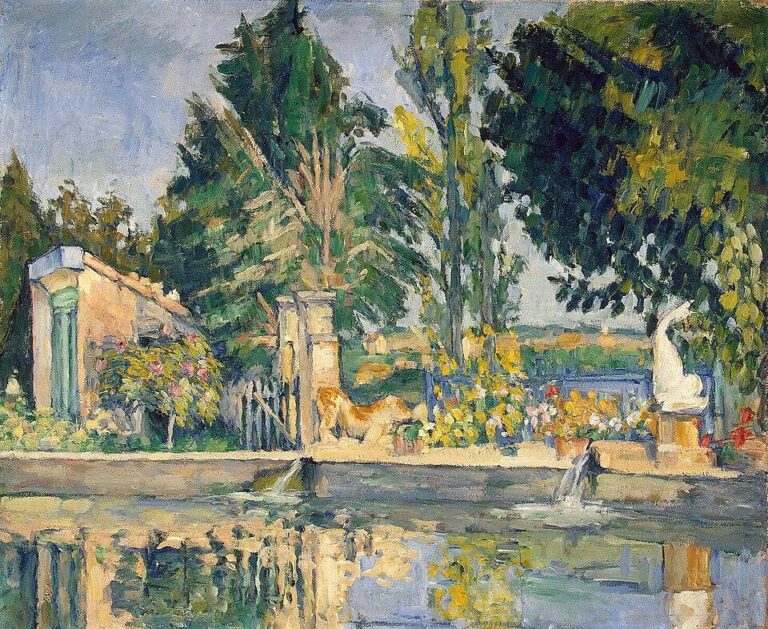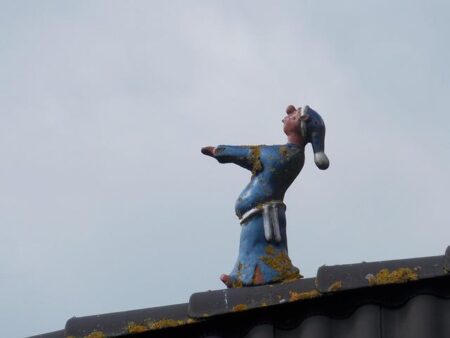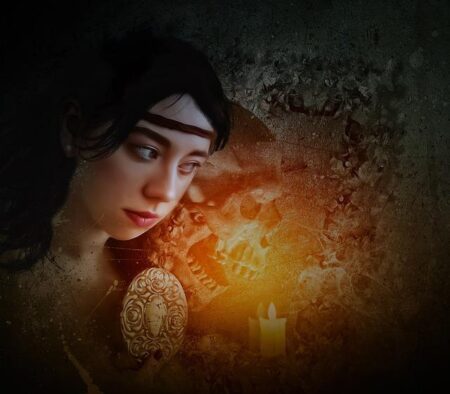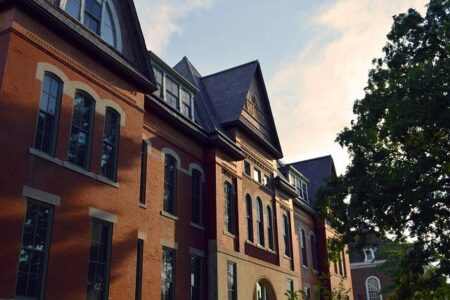Cezanne at Jas de Bouffan: A New Lens on the Master’s Creative Oasis
In the serene landscape of Aix-en-Provence, the celebrated artist Paul CĂ©zanne found not only inspiration but a refuge at his estate, Jas de Bouffan. A new exhibition, “Cezanne at Jas de Bouffan,” presented by Studio International, offers an in-depth exploration of this pivotal time in the artist’s life. Featuring a rich array of paintings, sketches, and personal artifacts, the exhibition illuminates the innovative techniques and emotional resonance present in CĂ©zanne’s work during his years at the estate. As visitors delve into the world where CĂ©zanne experimented and refined his signature style, they are invited to witness the interplay of nature and artistic ambition that defined much of his legacy. This showcase not only enriches our understanding of CĂ©zanne’s contributions to modern art but also celebrates the enduring beauty of the environment that shaped his vision.
Cezanne’s Creative Retreat: Exploring the Significance of Jas de Bouffan
Jas de Bouffan, the picturesque estate in Aix-en-Provence, served as a sacred canvas for Paul Cézanne, profoundly influencing his artistic journey. Nestled amidst rolling hills and lush landscapes, this retreat became a sanctuary where Cézanne explored the interplay of color, form, and light. His time here marked a transformative period characterized by experimentation and introspection, allowing him to forge a unique style that would later inspire generations of artists. Not just a physical space, Jas de Bouffan represented a state of mind—a quest for artistic authenticity and connection with nature.
The significance of this locale extends beyond mere aesthetics; it encapsulates the essence of CĂ©zanne’s philosophy on art. At Jas de Bouffan, he meticulously studied his surroundings, capturing the vibrant hues of the Provençal landscape. His work during this era can be categorized into various themes, including:
- Still Life: A focus on everyday objects, showcasing their intrinsic beauty.
- Portraits: Reflecting the personalities and nuances of those around him.
- Landscapes: A deep appreciation for the shifting colors and forms of nature.
Ultimately, Jas de Bouffan stands as a testament to CĂ©zanne’s relentless pursuit of mastery, where each brushstroke echoed his desire to transcend the ordinary. This retreat not only shaped his creative output but also solidified his legacy as one of the forefathers of modern art, a role that resonates significantly within the art community today.
Artistic Legacy Unveiled: Cezanne’s Techniques and Innovations at the Studio
As visitors step into Cezanne’s sanctuary at Jas de Bouffan, they are met with a palpable sense of artistic exploration. Here, the artist harnessed an innovative approach that would significantly alter the trajectory of modern art. His use of color, composition, and form showcases a deliberate shift from traditional representation to a more abstract method. Cezanne’s techniques, notably his brushstroke and his distinctive application of perspective, create a harmony of elements that challenge conventional perception.
Art historians and enthusiasts alike can appreciate the nuances within his work, which reveal a calculated yet intuitive understanding of nature. Key innovations include:
- Geometric Simplification: Objects are distilled into basic shapes.
- Color Theory: Strategic use of color to convey depth and emotion.
- Multiple Perspectives: Acknowledgment of varying viewpoints within a single composition.
At the heart of Cezanne’s legacy lies the integration of the visual field and the artist’s personal touch, solidifying his role as a pivotal figure in the transition from Impressionism to modernism.
A Journey Through Light and Color: The Environmental Influence on Cezanne’s Work
Paul Cézanne’s artistic evolution was deeply intertwined with his surroundings, particularly the unique landscape and light of Aix-en-Provence. The vibrancy of the region not only influenced his palette but shaped his entire approach to painting. The interplay of natural light and shadow, along with the variations in color brought on by seasonal changes, prompted a meticulous study of form and perception that characterized much of his work. His exploration of local motifs—like the Mont Sainte-Victoire and the orchards of Jas de Bouffan—revealed an intrinsic connection to the environment, driving his revolutionary ideas about composition and depth.
In examining CĂ©zanne’s oeuvre, it is evident that landscape, light, and atmosphere were not mere backdrops but essential components of his narrative technique. Through a careful layering of colors and brush strokes, CĂ©zanne expressed a dynamic vision that transformed how artists perceive the relationship between environment and artwork. Key elements that highlight this relationship include:
- Natural Landscapes: His depiction of local flora and mountains.
- Seasonal Light: Variations in hue representing different times of day.
- Textural Depth: Techniques that mimic the tactile qualities of nature.
Visitor Insights: Essential Tips for Experiencing Cezanne at Jas de Bouffan
When visiting Cezanne’s beloved studio at Jas de Bouffan, immerse yourself not just in the visual beauty but also in the historical significance of the site. Be sure to take the opportunity to:
- Join guided tours: Expert-led tours provide valuable context about Cezanne’s life and artistic evolution.
- Take your time: Don’t rush through the space; allow moments for reflection and absorption of the surroundings.
- Explore the garden: Cezanne was inspired by his landscapes—wander through the gardens for an authentic glimpse into his creative world.
Additionally, prepare yourself for the visit by considering the following practical tips:
| Tip | Description |
|---|---|
| Dress Comfortably | Wear comfortable shoes for the uneven terrain and bring a light jacket for changing weather. |
| Photography Rules | Check the rules regarding photography to respect the privacy of other visitors and the integrity of the artwork. |
| Plan Your Timing | Visit during off-peak hours for a more intimate experience with the studio and its surroundings. |
To Conclude
As the final brushstroke on this exploration of “Cezanne at Jas de Bouffan,” we reflect on the enduring legacy of Paul CĂ©zanne, whose work continues to resonate with both art enthusiasts and scholars alike. The exhibition at Studio International not only highlights the painter’s profound connection to his Provençal roots but also underscores his innovative approach to form and color. As visitors immerse themselves in the serene landscapes and intimate still lifes of CĂ©zanne’s studio, they are invited to witness the evolution of modern art through the eyes of a master. This event serves as a poignant reminder of the artist’s genius and the timeless appeal of his vision, ensuring that CĂ©zanne’s influence remains a vital part of contemporary artistic discourse. As the exhibition draws to a close, it leaves behind an indelible mark on all who encounter it—a testament to an artist who forever changed the course of art history.




